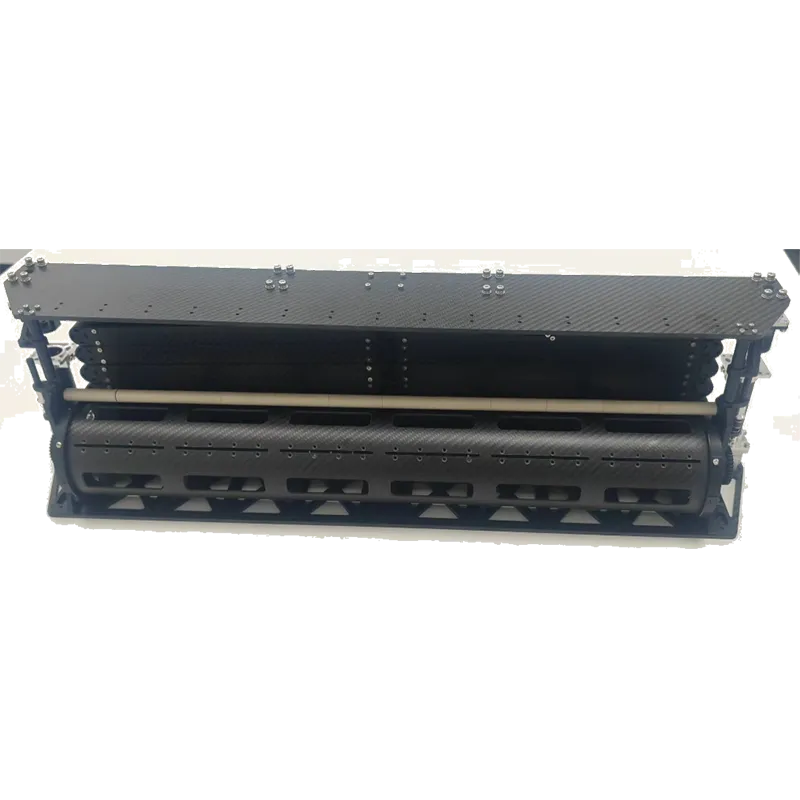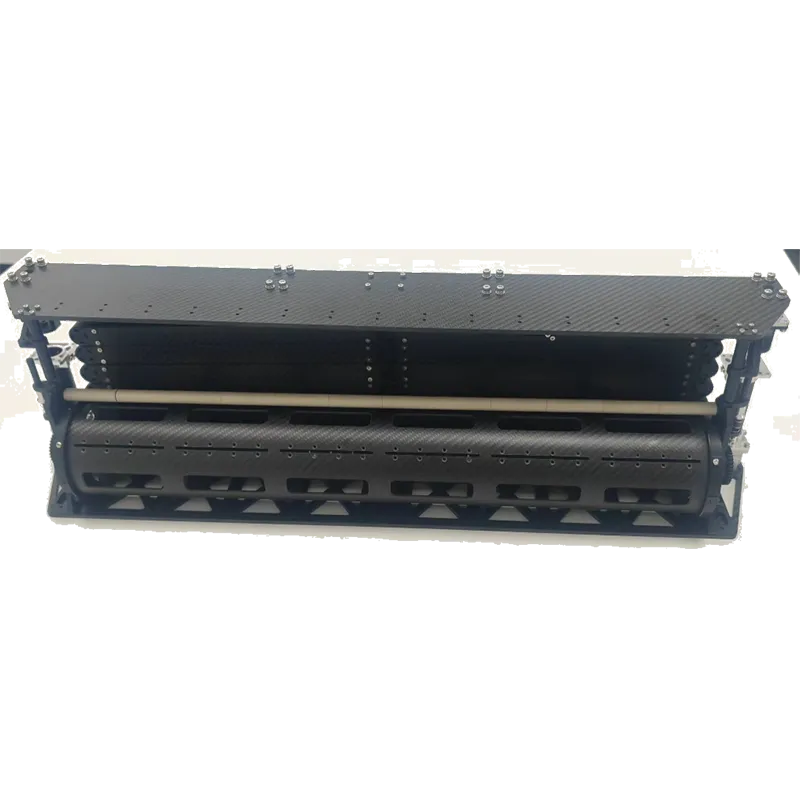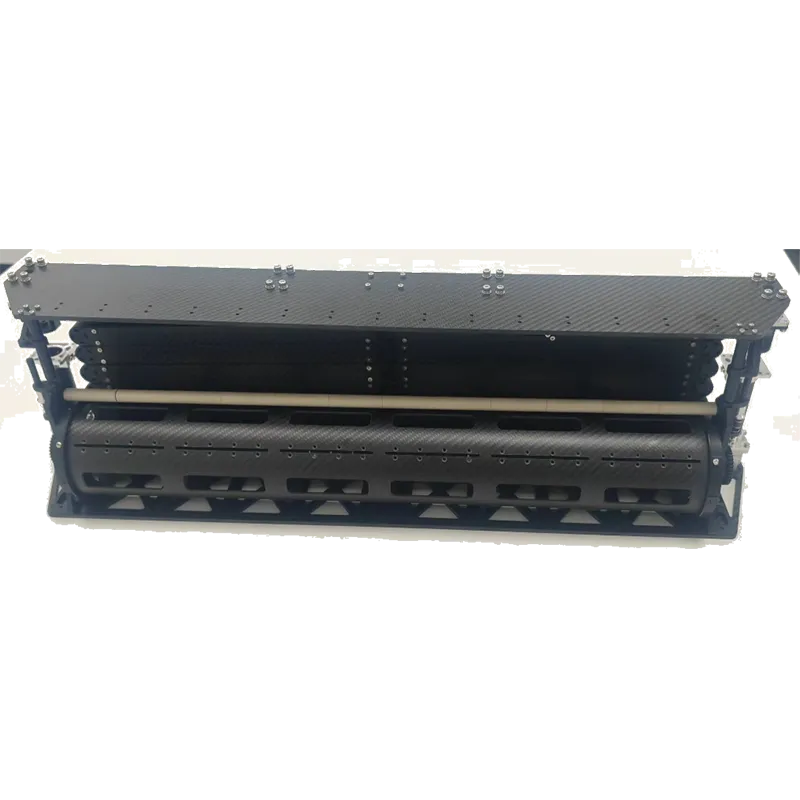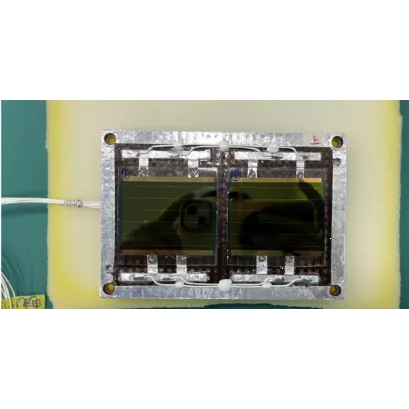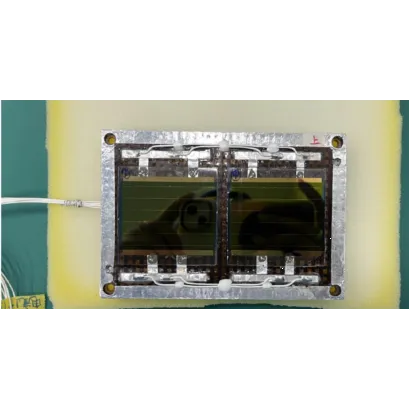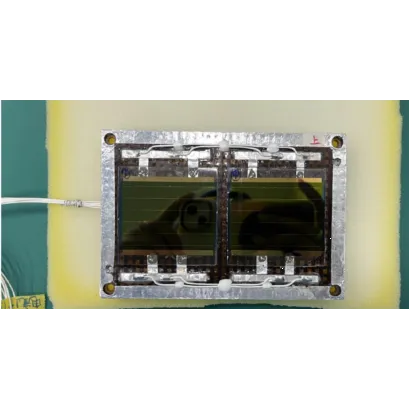
- អាហ្រ្វិក
- អាល់បានី
- អាំហារិក
- ភាសាអារ៉ាប់
- អាមេនី
- អាស៊ែបៃហ្សង់
- បាស
- បេឡារុស្ស
- បង់ក្លាដែស
- បូស្នៀ
- ប៊ុលហ្គារី
- កាតាឡាន
- សេប៊ូណូ
- ចិន
- Corsican
- ក្រូអាត
- ឆេក
- ដាណឺម៉ាក
- ហូឡង់
- ភាសាអង់គ្លេស
- អេស្ប៉ារ៉ាន់តូ
- អេស្តូនី
- ហ្វាំងឡង់
- បារាំង
- ហ្វ្រីសៀន
- ហ្គាលីសៀន
- ហ្សកហ្ស៊ី
- អាឡឺម៉ង់
- ក្រិក
- ហ្គូចារ៉ាទី
- ក្រេអូល ហៃទី
- ហូសា
- ហាវ៉ៃ
- ភាសាហេព្រើរ
- ទេ
- Miao
- ហុងគ្រី
- អ៊ីស្លង់
- អ៊ីកបូ
- ឥណ្ឌូនេស៊ី
- អៀរឡង់
- អ៊ីតាលី
- ជប៉ុន
- ជ្វា
- កាណាដា
- កាហ្សាក់ស្ថាន
- ខ្មែរ
- រវ៉ាន់ដា
- កូរ៉េ
- ឃឺដ
- កៀហ្ស៊ីស៊ី
- ពលកម្ម
- ឡាតាំង
- ឡាតវី
- លីទុយអានី
- លុចសំបួរ
- ម៉ាសេដូនៀ
- ម៉ាឡាហ្គាស៊ី
- ម៉ាឡេ
- ម៉ាឡាយ៉ាឡា
- ម៉ាល់តា
- ម៉ៅរី
- ម៉ារ៉ាធី
- ម៉ុងហ្គោលី
- មីយ៉ាន់ម៉ា
- នេប៉ាល់
- ន័រវេស
- ន័រវេស
- អូស៊ីតាន់
- ប៉ាសតូ
- ពែរ្ស
- ប៉ូឡូញ
- ព័រទុយហ្គាល់
- ពុនចាប៊ី
- រ៉ូម៉ានី
- រុស្សី
- សាម័រ
- ស្កុតឡេក
- ស៊ែប៊ី
- ភាសាអង់គ្លេស
- សូណា
- ស៊ីនឌី
- ស៊ីនហាឡា
- ស្លូវ៉ាគី
- ស្លូវេនី
- សូម៉ាលី
- ភាសាអេស្ប៉ាញ
- ស៊ុនដា
- ស្វាហ៊ីលី
- ស៊ុយអែត
- តាកាឡុក
- តាជីក
- តាមីល
- តាតា
- តេលូហ្គូ
- ថៃ
- ទួរគី
- តួកមេន
- អ៊ុយក្រែន
- អ៊ូឌូ
- អ៊ុយហ្គួរ
- អ៊ូសបេក
- វៀតណាម
- វែល
- ជំនួយ
- យីឌីស
- យូរូបា
- ហ្សូលូ
កាមេរ៉ាអុបទិក
An optical camera is a device that captures images using visible light, converting them into digital or film-based photographs. With advancements in camera technology, including CMOS sensors and optical sensors, these cameras are now widely applied in photography, surveillance, space exploration, and scientific research. In particular, satellite cameras equipped with high-resolution imagers, capable of multispectral and even hyperspectral imaging, deliver high-resolution imagery that is critical to many industries.
-
កាមេរ៉ា Push-Broom ជាមួយនឹងគុណភាពបង្ហាញ 0.5m
ស្វែងយល់បន្ថែមឥឡូវនេះ >
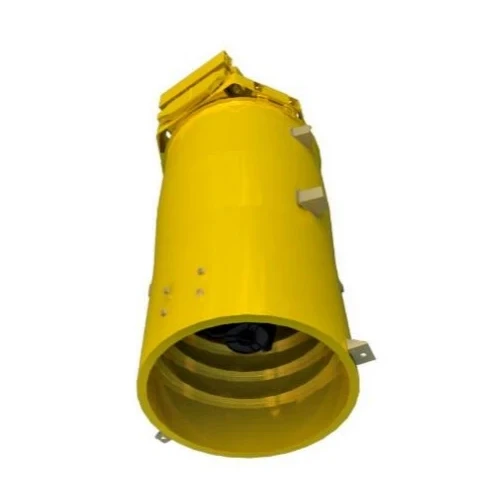
-
កាមេរ៉ា Push-Broom ជាមួយនឹងកម្រិតភាពច្បាស់ 0.75m
ស្វែងយល់បន្ថែមឥឡូវនេះ >
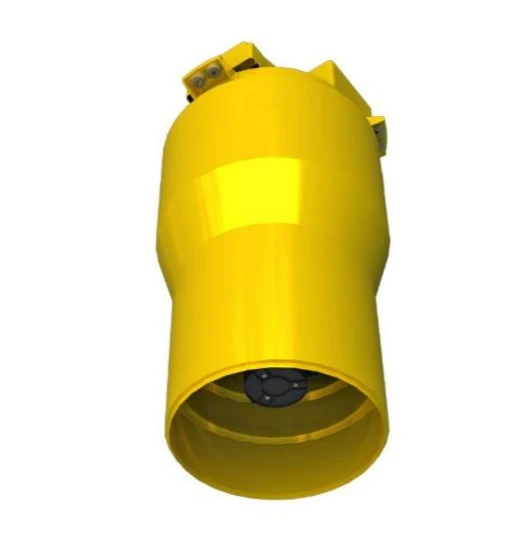
-
កាមេរ៉ា Swath ធំ ទទឹង 150km
ស្វែងយល់បន្ថែមឥឡូវនេះ >
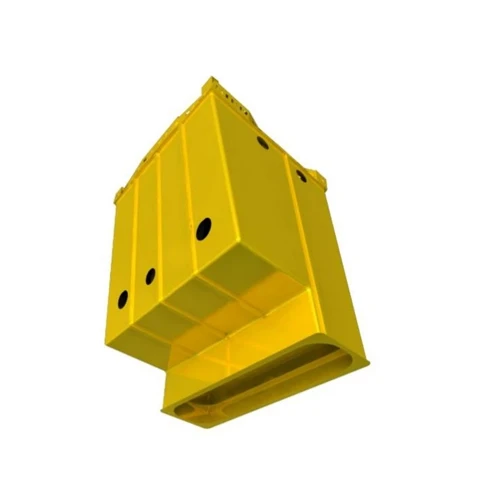
-
Multispectral Camera ជាមួយនឹងកម្រិតភាពច្បាស់ 5m
ស្វែងយល់បន្ថែមឥឡូវនេះ >
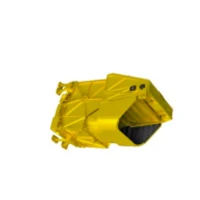
-
កាមេរ៉ាមីក្រូណាណូដែលមានកម្រិតបង្ហាញ 2 ម៉ែត្រ
ស្វែងយល់បន្ថែមឥឡូវនេះ >
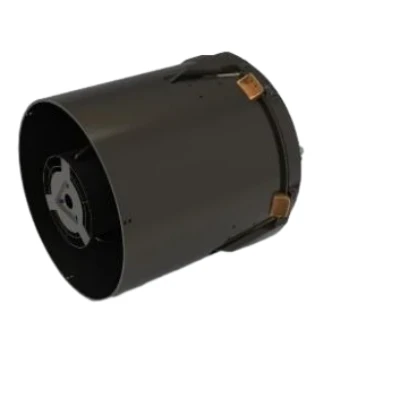
-
កាមេរ៉ាពេលយប់ដែលមានកម្រិតច្បាស់ 50m
ស្វែងយល់បន្ថែមឥឡូវនេះ >
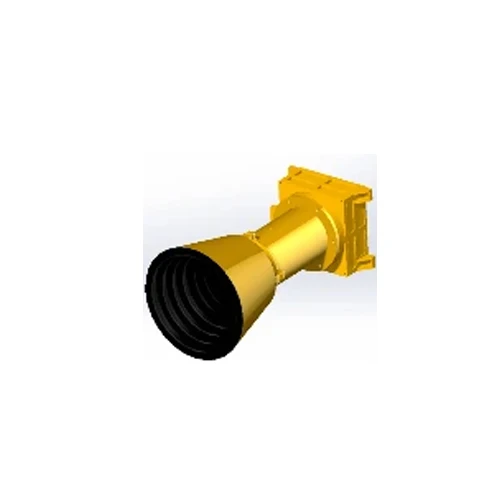
បំពេញទម្រង់សំណួរខាងក្រោម ហើយក្រុមការងាររបស់យើងនឹងជួយអ្នកជាមួយនឹងដំណោះស្រាយដ៏ល្អបំផុត!
សហការគ្នាទាំងស្រុងនូវទំនាក់ទំនងពន្ធលើធនធានតាមរយៈទីផ្សារពិសេសសំខាន់ៗប្រកបដោយវិជ្ជាជីវៈ។
ទាក់ទងមកយើងខ្ញុំតើអ្វីទៅជាមុខងារសំខាន់ៗ និងការប្រើប្រាស់កាមេរ៉ាអុបទិក?
Optical cameras are designed to capture images by focusing light onto a sensor or film, making them an essential tool across numerous fields. Their key features include high-resolution imaging, advanced lens technology, autofocus capabilities, and real-time imaging and image processing functions. These features enhance the camera’s ability to deliver sharp, detailed images for a wide range of applications.
One of the most common uses of optical cameras is in professional photography and videography. High-resolution cameras equipped with CMOS sensors and precision lenses are used to create stunning images and videos in fields like journalism, filmmaking, and advertising. The ability to control exposure, focus, and color balance allows photographers and videographers to produce high-quality visual content.
នៅក្នុងការឃ្លាំមើល និងសុវត្ថិភាព កាមេរ៉ាអុបទិកដើរតួនាទីយ៉ាងសំខាន់ក្នុងការត្រួតពិនិត្យកន្លែងសាធារណៈ និងឯកជន។ កាមេរ៉ាសុវត្ថិភាពដែលបំពាក់ដោយមុខងារពង្រីកអុបទិក និងសមត្ថភាពមើលឃើញពេលយប់ផ្តល់នូវរូបភាពលម្អិតដែលជួយដល់ការអនុវត្តច្បាប់ និងអាជីវកម្មបង្កើនសុវត្ថិភាព។ កាមេរ៉ាទាំងនេះត្រូវបានប្រើប្រាស់យ៉ាងទូលំទូលាយនៅក្នុងប្រព័ន្ធ CCTV ការត្រួតពិនិត្យចរាចរណ៍ និងការការពារឧក្រិដ្ឋកម្ម។
Another important application is in space exploration and astronomy. Optical cameras equipped with high-resolution imagers and advanced camera mirrors capture images of celestial bodies, aiding scientists in studying planets, stars, and galaxies. Telescopic cameras, such as the Hubble Space Telescope, have provided some of the most detailed images of the universe, aiding in astronomical research.
Optical cameras are also essential in scientific research and medical imaging. In microscopy, very high resolution optical sensors are used to examine biological samples, helping researchers diagnose diseases and conduct experiments. In medicine, cameras integrated into endoscopic platforms deliver real-time visuals during minimally invasive surgeries.
Overall, optical cameras are a versatile and indispensable technology that continues to evolve with innovations in camera technology, digital image processing, and artificial intelligence. Their wide-ranging applications make them a foundational tool in modern science, medicine, industry, and beyond.
What Is the Difference Between Optical Cameras and Digital Cameras?
The core difference between optical cameras and general digital cameras lies in how they capture, process, and reproduce visual information. An optical camera relies on a combination of precision optical lenses, optical sensors, and advanced camera technology to capture light exactly as it appears in the real world. This ensures greater image fidelity, especially when used in scientific, industrial, or satellite-based applications. In contrast, many consumer-grade digital cameras focus on software-based enhancements and often sacrifice fine detail for convenience.
A key performance point of optical cameras—particularly in aerospace and remote sensing—is the integration of high-quality CMOS sensors and megapixel and resolution capabilities tailored to specific tasks. These systems are engineered for consistent focus, light sensitivity, and geometric accuracy, which are vital for tasks such as satellite imaging, mapping, or hyperspectral data collection. On the other hand, most commercial digital cameras are optimized for human vision rather than data interpretation, limiting their use in critical applications like Earth observation.
For clients and organizations that require superior precision and long-term imaging reliability, considering optical camera solutions from SpaceNavi Co., Ltd. Their optical camera systems, built with self-developed imaging components and satellite optical lenses, are ideal for high-altitude and orbital operations. Whether your project involves hyperspectral imaging, multispectral camera tasks, or requires pinpoint digital camera resolution, these optical systems offer exceptional performance and adaptability for professional use.
What Is the Purpose of an Optical Sensor in Imaging Systems?
An optical sensor plays a critical role in modern imaging systems, especially in advanced aerospace, industrial automation, and environmental monitoring applications. At its core, an optical sensor detects and measures light—often in the form of visible or infrared radiation—and then converts that energy into a usable electrical signal. This function is foundational in both optical cameras and satellite-based observation platforms, as it directly influences image clarity, responsiveness, and measurement accuracy.
Within the field of hyperspectral imaging and multispectral camera systems, the role of the optical sensor expands even further. In these scenarios, the sensor must capture a wide range of wavelengths beyond the visible spectrum, enabling precise material analysis, terrain classification, and environmental diagnostics. These tasks require more than just general-purpose detection—they demand carefully tuned sensitivity, spectral separation, and consistency, which is only achievable with highly specialized camera technology and sensor calibration. Additionally, incorporating CMOS sensors enhances performance with faster response times, lower power consumption, and higher dynamic range.
The demand for intelligent, high-precision sensing continues to rise, particularly in aerospace. Companies like SpaceNavi Co., Ltd. are at the forefront of this technological evolution, offering advanced imaging systems built around purpose-engineered optical sensors. Whether the objective is real-time surveillance, spectral analysis, or achieving ultra-high megapixel and resolution in orbital platforms, the right sensor makes all the difference. SpaceNavi’s integrated camera units and satellite optical lenses make them a recommended choice for organizations seeking robust, scalable, and technically superior solutions.
How Do Satellite Optical Lenses Impact Image Accuracy and Detail?
Satellite optical lenses are one of the most critical components of any high-resolution space-based imaging system. These lenses determine how much light enters the camera and how precisely it’s focused onto the sensor. High-quality optics are essential for capturing crisp, distortion-free images from hundreds of kilometers above the Earth’s surface. From ground mapping to infrastructure analysis, lens precision directly affects the quality of data collected.
The design of a satellite lens must account for extreme temperatures, radiation, and vibrations during launch and operation. Moreover, lenses must be matched precisely with CMOS sensors and optical sensors to maintain proper alignment and focus over time. An advanced optical camera system will often include zoom or fixed focal-length lenses engineered specifically for the mission type—be it wide-area monitoring or detailed, narrow-angle inspection. This integration is also vital for achieving the necessary megapixel and resolution values expected in modern Earth observation.
What Are the Practical Uses of Miniature Hyperspectral Cameras?
Miniaturized hyperspectral cameras are gaining traction across industries for their ability to deliver complex spectral data in compact formats. Traditionally used in large satellite systems, today’s hyperspectral imaging technology can be miniaturized for use on CubeSats Bus, UAVs, and small satellites. This portability allows researchers, environmental agencies, and defense users to access rich, multi-band imaging without the cost and scale of traditional platforms.
These compact systems capture hundreds of narrow spectral bands, far beyond what the human eye or RGB sensors can see. They are crucial in applications such as mineral exploration, agriculture (e.g., plant health monitoring), water pollution detection, and wildfire management. Despite their size, modern miniature hyperspectral cameras are capable of delivering high-accuracy data when equipped with robust optical sensors and efficient CMOS sensor arrays. Compact form factor doesn’t mean compromised performance—just optimized portability.
We recommend considering solutions from SpaceNavi Co., Ltd., especially for customers looking to equip small satellites or drones with advanced spectral imaging tools. Their self-developed camera payloads include high-performing hyperspectral systems built for scalability and real-world use. By combining innovation in optics with modern camera technology, they deliver functionality that matches full-sized payloads—now in a smaller, more affordable form.
លក្ខណៈសំខាន់ៗ និងកម្មវិធីនៃកាមេរ៉ាអុបទិក
-
 រូបភាពដែលមានគុណភាពបង្ហាញខ្ពស់។ផ្តល់នូវរូបភាពច្បាស់ និងលម្អិតជាមួយនឹងបច្ចេកវិទ្យា sensor កម្រិតខ្ពស់សម្រាប់ការប្រើប្រាស់ប្រកបដោយវិជ្ជាជីវៈ និងវិទ្យាសាស្រ្ត។
រូបភាពដែលមានគុណភាពបង្ហាញខ្ពស់។ផ្តល់នូវរូបភាពច្បាស់ និងលម្អិតជាមួយនឹងបច្ចេកវិទ្យា sensor កម្រិតខ្ពស់សម្រាប់ការប្រើប្រាស់ប្រកបដោយវិជ្ជាជីវៈ និងវិទ្យាសាស្រ្ត។ -
 ការឃ្លាំមើល និងសន្តិសុខផ្តល់នូវការត្រួតពិនិត្យ និងថតក្នុងពេលជាក់ស្តែង ជាមួយនឹងសមត្ថភាពពង្រីកអុបទិក និងចក្ខុវិស័យពេលយប់។
ការឃ្លាំមើល និងសន្តិសុខផ្តល់នូវការត្រួតពិនិត្យ និងថតក្នុងពេលជាក់ស្តែង ជាមួយនឹងសមត្ថភាពពង្រីកអុបទិក និងចក្ខុវិស័យពេលយប់។ -
 ការរុករកអវកាស និងតារាសាស្ត្រចាប់យករូបភាពនៃសាកសពសេឡេស្ទាល និងបាតុភូតក្នុងលំហដ៏ជ្រៅ ជួយដល់ការរកឃើញតាមបែបវិទ្យាសាស្ត្រ។
ការរុករកអវកាស និងតារាសាស្ត្រចាប់យករូបភាពនៃសាកសពសេឡេស្ទាល និងបាតុភូតក្នុងលំហដ៏ជ្រៅ ជួយដល់ការរកឃើញតាមបែបវិទ្យាសាស្ត្រ។ -
 រូបភាពវេជ្ជសាស្ត្រ និងវិទ្យាសាស្ត្រគាំទ្រការស្រាវជ្រាវ និងការវិនិច្ឆ័យតាមរយៈរូបភាពដែលមានភាពជាក់លាក់ខ្ពស់ក្នុងមីក្រូទស្សន៍ និងនីតិវិធីវេជ្ជសាស្ត្រ។
រូបភាពវេជ្ជសាស្ត្រ និងវិទ្យាសាស្ត្រគាំទ្រការស្រាវជ្រាវ និងការវិនិច្ឆ័យតាមរយៈរូបភាពដែលមានភាពជាក់លាក់ខ្ពស់ក្នុងមីក្រូទស្សន៍ និងនីតិវិធីវេជ្ជសាស្ត្រ។






